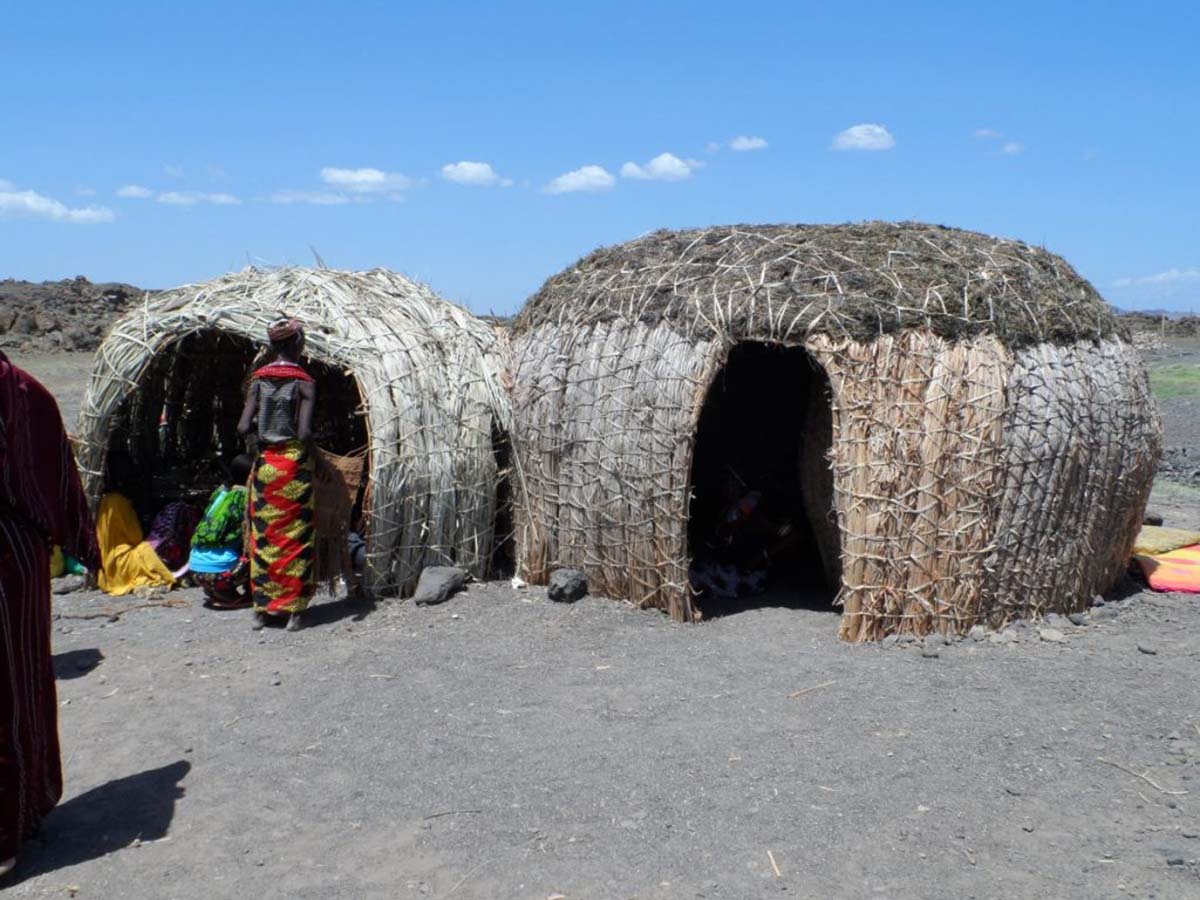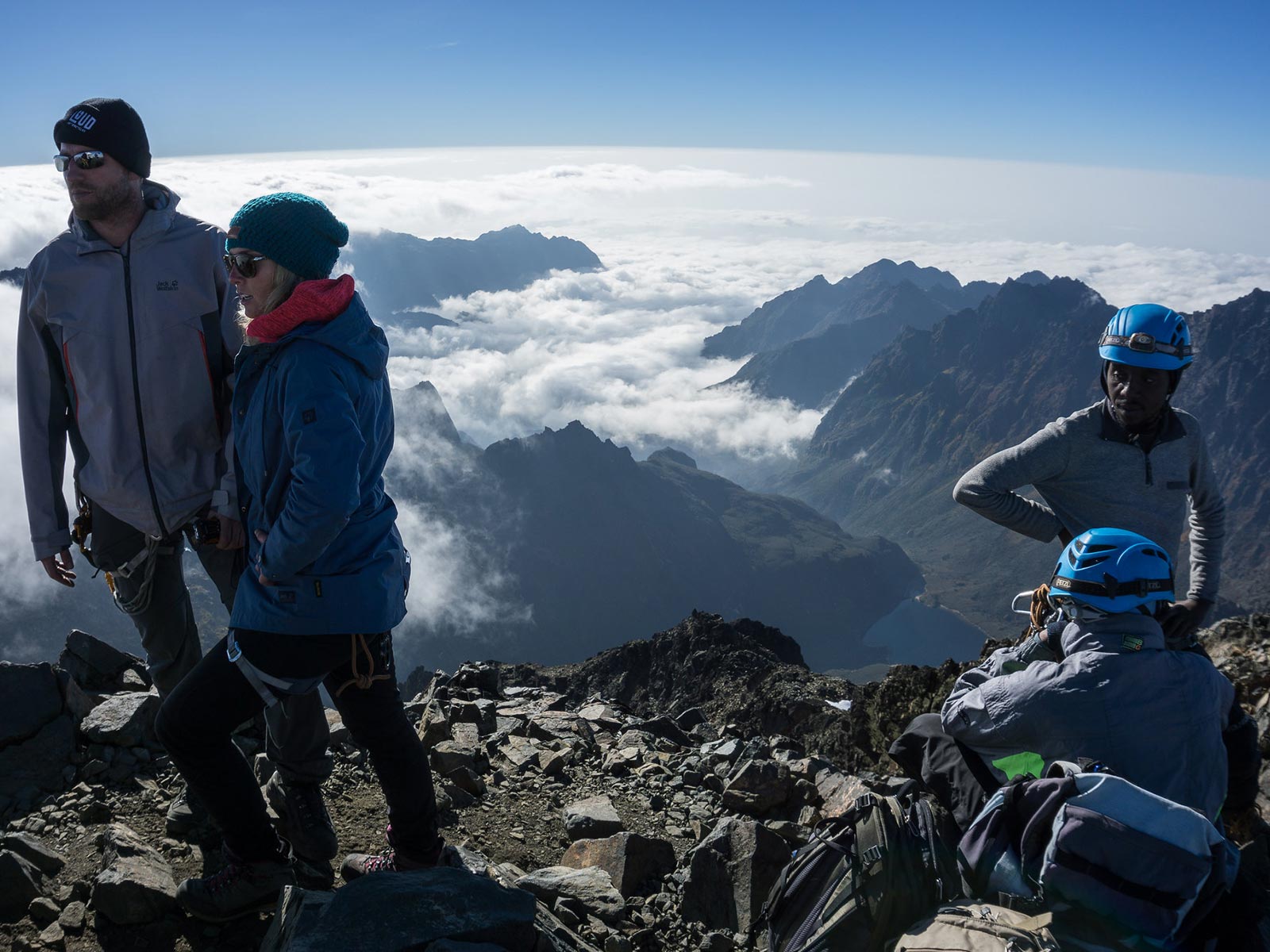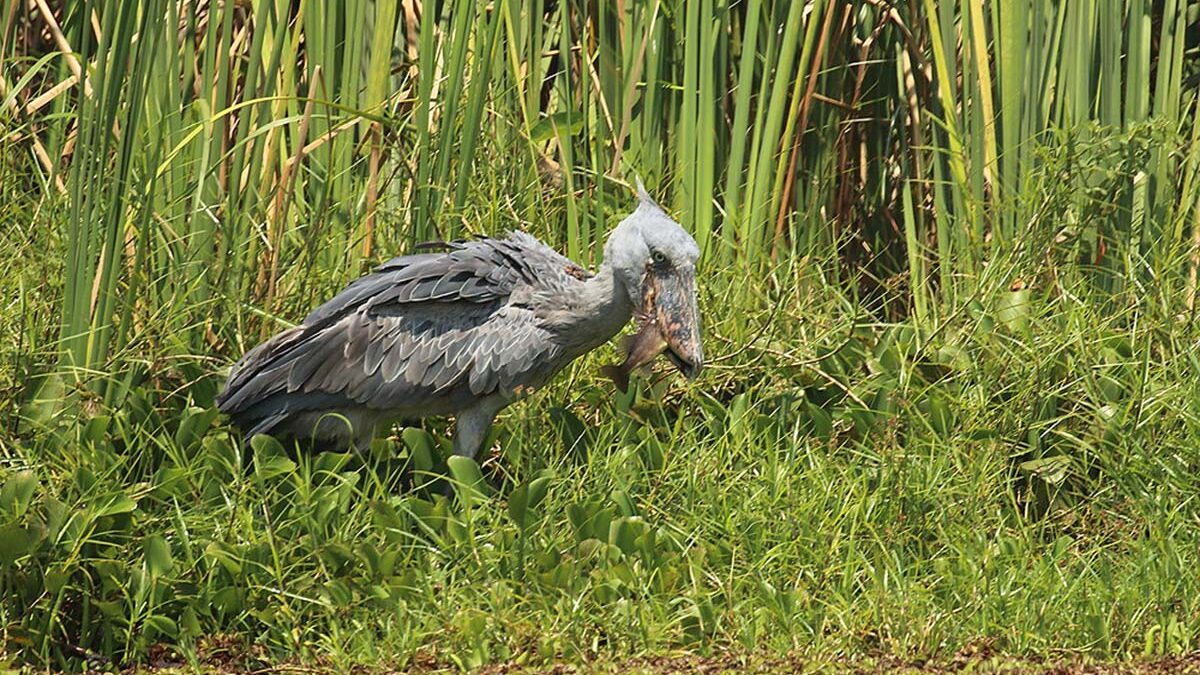
Kenya Safaris to South Island National Park
September 8, 2023
Travel Guide to Rwenzori Mountain National Park
September 8, 2023Exploring the Enigmatic Toro Semliki Game Reserve
A Historical Legacy
Established as a game reserve in 1926, the Toro Semliki Game Reserve holds a significant place in the history of protected areas in Uganda. Its creation was driven by a need to safeguard the abundant population of Uganda Kobs in the region. This captivating reserve covers an expansive area of 542 square kilometers and is situated in the western part of Uganda, spanning the Ntoroko and Kabarole districts.
A Rift Valley Gem
Nestled amidst the dramatic backdrop of the rift valley, the Toro Semliki Game Reserve enjoys a setting framed by the Rwenzori Mountains, the Kijura escarpment, and the picturesque Lake Albert. The dominant vegetation type within this reserve comprises open acacia-combretum woodland and vast grassy savannahs. These landscapes are punctuated by patches of Borassus palm forests, substantial belts of riparian woodlands along the main watercourses, and extensive swamps toward the shores of Lake Albert. While the reserve itself maintains a relatively low altitude, beginning at approximately 700 meters above sea level, the panoramic views on a clear day are nothing short of awe-inspiring. The eastern shore of Lake Albert boasts a dramatic rift valley escarpment, the imposing 2,500-meter-high Congolese Blue Mountains grace the western horizon, and the majestic glacial peaks of the Rwenzori Mountains come into view to the southwest.
Abundant Wildlife
Toro Semliki Game Reserve offers a rich diversity of wildlife, featuring many of the same iconic species found in Queen Elizabeth National Park and Murchison Falls National Park. Visitors can encounter elephants, buffalo, Uganda Kob, waterbuck, warthog, giant forest hogs, and the mighty hippopotamus. Primate enthusiasts will appreciate sightings of chimpanzees, baboons, vervet monkeys, red-tailed monkeys, and black and white colobus monkeys.
A Birdwatcher’s Paradise
For bird enthusiasts, Toro Semliki Game Reserve is a paradise teeming with avian treasures. One of its most significant claims to fame is being a habitat for the critically endangered shoebill stork, found in the extensive swamps of Lake Albert. The reserve is home to around 400 bird species, including rarities like the Arrow Marked Babbler, Tropical Boubal, Black-headed Bushrike, Luhders Bushrike, Red-necked Falcon, Black-billed Barbet, and the impressive ground hornbill species such as the turkey-like Ground Hornbill and Abyssinian ground hornbill. Common bulbul, great white pelican, and the striking Malachite kingfisher are among the other remarkable avian residents.
Getting to Toro Semliki Game Reserve
By Road
Two main routes provide access to Toro Semliki Game Reserve:
Route 1: From Kampala to Fort Portal via Mubende, travelers cover a distance of 290 kilometers. The journey takes them through Mityana, Mubende, Kyegeggwa, Kyenjojo, and finally Fort Portal. From Fort Portal, continue for 28 kilometers to Karugutu trading center, then turn right and drive approximately 26 kilometers to River Wasa. Take an immediate right to reach the wildlife reserve headquarters.
Route 2: Another option is to travel from Kampala to Fort Portal via Masaka, Mbarara, and Kasese. This route spans 465 kilometers and takes you through Masaka, Lyantonde, Mbarara, Bushenyi, and Kasese before arriving in Fort Portal town. From Fort Portal, follow the route to Semuliki National Park for the first 28 kilometers before turning right at Karugutu trading center. The reserve’s boundary is 3 kilometers further, and the turn-off to Semliki Safari Lodge is 26 kilometers ahead, just beyond the bridge over River Wasa. Follow the road 3 kilometers to reach the lodge. Ntoroko fishing village, situated 25 kilometers beyond, offers Bandas, a campsite, and a canteen managed by UWA. An airfield managed by UWA allows visitors to charter planes and land at Semliki Safari Lodge, where the airfield is located.
By Air
For those seeking a quicker route, there are scheduled and charter flights from Entebbe directly to Toro Semliki Game Reserve. This 1-hour and 30-minute flight offers the easiest way to reach this captivating destination.
Accommodation Choices
Toro Semliki Game Reserve provides a range of accommodation options to suit various preferences and budgets. These include:
- Campsite and budget Bandas on the shores of Lake Albert at Ntoroko, which should be booked in advance. Meals are available at the campsite’s canteen.
- A campsite located at the reserve headquarters in Karugutu.
- Semliki Safari Lodge, an upmarket tented camp operated by The Uganda Safari Company.
- Ntoroko Game Lodge, offering luxury tented camps and a campsite at Ntoroko Landing site.
Best Time to Visit
The Dry season, from December to February and from June to July, is the ideal time for a visit to Toro Semliki Wildlife Reserve. During the Wet season months (March to May and August to November), the roads can become nearly impassable, and game viewing opportunities are limited.

